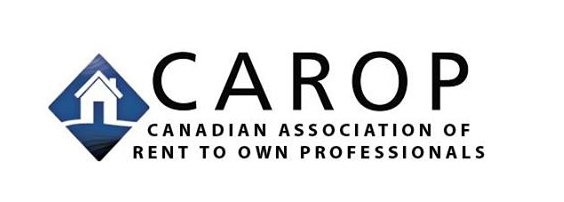Since I do my own credit coaching, it’s incumbent on me to stay on top of the ever-shifting mortgage environment. I lean on several mortgage brokers, but also sometimes break news to them. Between us, we keep sharpening each other.
Whether you do your own credit coaching, leave that to your mortgage broker or hire a professional credit coach, as a rent to own provider it’s necessary to stay on top of that shifting mortgage environment. How else will you adequately pre-screen your clients?
This Covid pandemic has triggered some informal adjustments to lending criteria. For one, it seems the lenders are fussier about job security. It used to be that a client’s employment approval hinged largely on being beyond any probationary period. Now that may not be sufficient, with a longer history required. In addition, any income beyond the basic employment income (even if shown on the same T-4 slip) needs to be more strongly supported, often by two years of records (as was always the case for self-employment).
While there may be legitimate pandemic-related concerns about job security, I suspect the tougher stances are also related to the hot real estate market, allowing the lenders to be pickier in choosing clients, and also as a way of off-setting the ease of qualifying due to historically low-interest rates.
I also came across a situation where a clearly eligible gifted down payment (from parents) was required to be in the client’s account for 90 days before being acceptable. The applicant came to me simply to bridge the 90 days, which, of course, I turned down.
Another item that recently came to my attention (not necessarily due to the pandemic, though) is that a clients’ two trade lines required for mortgage eligibility must be new ones established after discharge of any bankruptcy. It is possible to re-establish credit while still in bankruptcy—and it’s a good thing to do so, to start building back a credit score—but those lines do not count towards the “Rule of 2,” at least not with A-lenders.
I was stunned when one broker casually mentioned this “fact” to me. So, he checked further, inquiring of about ten lenders. Only 2 (both not A-lenders) said they’d accept credit lines established before discharge.
Still doubting, I called my other broker. She went straight to both CMHC and Genworth, who both emphatically confirmed that they would not accept any credit lines established before discharge of bankruptcy. “Even after twenty years in the business, you learn something new every day,” she told me.
Postscript: I then called my client who was seven months out of bankruptcy but whose two lines had both been established while still in bankruptcy. A half-hour later, he texted me back to say that Canadian Tire had issued him a credit card with a $3000 limit.
Ron Geddert, Fraser Valley Rent 2 own
VP Professional Standards, CAROP (Canadian Association of Ren to Own Professionals)

